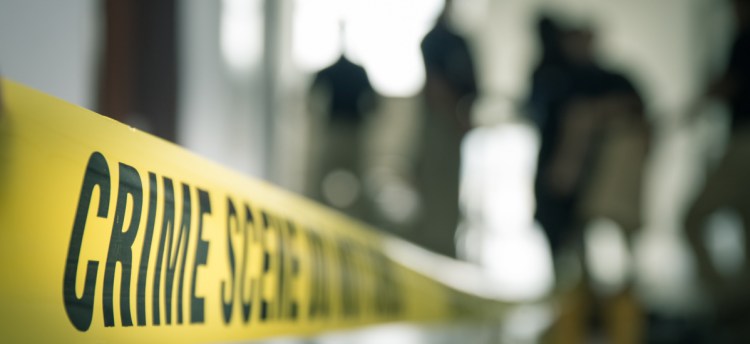The best way to avoid an officer-involved shooting is to avoid having the police involved at all.
That’s not meant as a criticism of police, who manage to end the vast majority of confrontations with the public peacefully. Instead, it’s an acknowledgment of the challenges inherent in incidents where mental illness, substance abuse and weapons are present, and life-or-death decisions must be made in an instant.
It’s the recognition that while police may be helpful in most cases, a few every year featuring that dangerous, confusing mix end with somebody dead at the hands of an officer who, if other things had gone right, would never have been there in the first place.
That’s the main takeaway from a report released Monday by the Maine Attorney General’s Office.
The report was ordered by then-Attorney General Janet Mills, who, after an increase in officer-involved shootings in 2017, wanted to look beyond whether each shooting was legally justified.
After all, in at least the last three decades, Maine’s attorney general has found every officer-involved shooting to be justified, a low barrier that requires only that the officer reasonably believed he was acting in self-defense.
So in the last year, a 13-member task force reviewed 10 cases in which an officer used deadly force in order to determine, as Mills said, “why these incidents are occurring and whether we can prevent unnecessary deaths and injuries in the future.”
The report doesn’t explicitly say whether any of these shootings could have been avoided if police had acted differently.
But it does give a good idea of what police encounter when they arrive at a chaotic and volatile scene – and why those situations occasionally end badly.
Of the 10 cases, nine involved men. In all cases, the subject had a weapon – in seven of the cases, a gun.
Nine of the subjects had a criminal history. Six had been involved in domestic violence cases. Seven were drunk – the average blood-alcohol level was 0.241 percent.
Seven of the subjects had suffered a recent loss, such as the end of a relationship or loss of custody. Seven had expressed a desire to hurt themselves.
Eight of the subjects faced mental health challenges. Only two were receiving treatment.
Police say they are responding to calls featuring this dangerous and confusing mix of elements more and more, and that most of them end peacefully.
But you can see how they could have easily gone the other way – how the sheer number of these calls means that the possibility that deadly force will be used keeps going up.
So while it’s true that officers and dispatchers should all undergo crisis intervention training, it’s just as important that there is better access to mental health and substance use disorder services, and that there are better mechanisms for treating people with severe and persistent mental illness.
Where at all possible, too, police departments should have dedicated mental health and substance abuse liaisons who follow up with families after police have intervened in a crisis, or at least access to state-contracted crisis workers who can evaluate people and connect them to services.
Such initiatives and services – all recommended by the task force – would help treat underlying issues. They would keep things from escalating to the point where violence – one way or the other – is a likely outcome.
Yes, we should always ask if and how these kinds of incidents could have ended differently. But more than that, we should ask if they had to happen at all.
Copy the Story LinkSend questions/comments to the editors.



Success. Please wait for the page to reload. If the page does not reload within 5 seconds, please refresh the page.
Enter your email and password to access comments.
Hi, to comment on stories you must . This profile is in addition to your subscription and website login.
Already have a commenting profile? .
Invalid username/password.
Please check your email to confirm and complete your registration.
Only subscribers are eligible to post comments. Please subscribe or login first for digital access. Here’s why.
Use the form below to reset your password. When you've submitted your account email, we will send an email with a reset code.